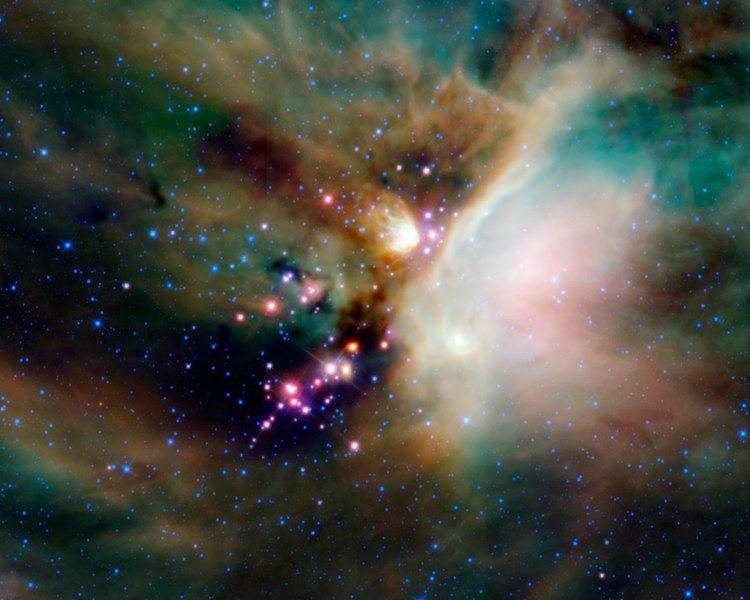 | ||
Young stellar object (YSO) denotes a star in its early stage of evolution. This class consists of two groups of objects: protostars and pre-main-sequence stars.
Contents
Classification by mass
These stars may be differentiated by mass: Massive YSOs, intermediate mass YSOs, and brown dwarfs.
Classification by spectral energy distribution
YSOs are usually classified using criteria based on the slope of their spectral energy distribution, introduced by Lada (1987). He proposed three classes (I, II and III), based on the values of intervals of spectral index
Here
The
This classification schema roughly reflects evolutionary sequence. It is believed that most deeply embedded Class 0 sources evolve towards Class I stage, dissipating their circumstellar envelopes. Eventually they become optically visible on the stellar birthline as pre-main-sequence stars.
Characteristics
YSOs are also associated with early star evolution phenomena: jets and bipolar outflows, masers, Herbig–Haro objects, and protoplanetary disks (circumstellar disks or proplyds).
